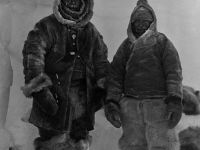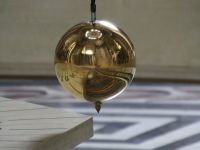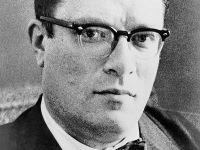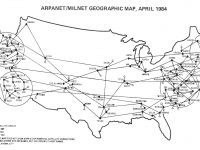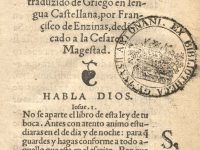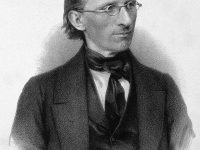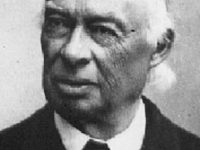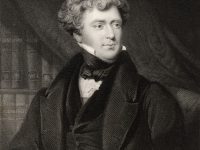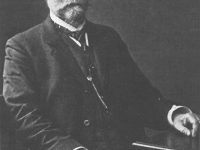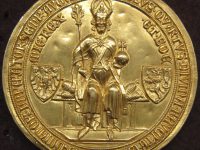Alfred Wegener and the Continental Drift
On January 06, 1912, German geologist Alfred Wegener presented his theory of continental drift for the first time in public at a meeting of the Geological Society (‘Geologische Vereinigung’) at Senckenberg Museum in Frankfurt, Germany. “In the whole of geophysics there is probably hardly another law of such clarity and reliability as this—that there are two preferential levels for the world’s surface which occur in alternation side by side and are represented by…
Read more











